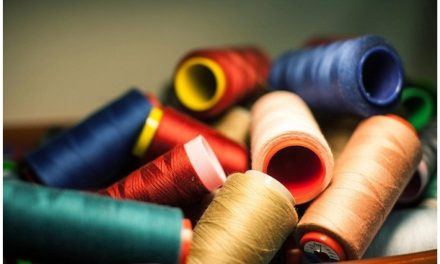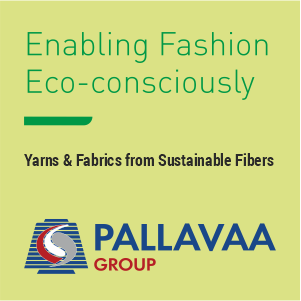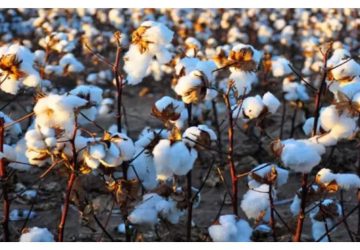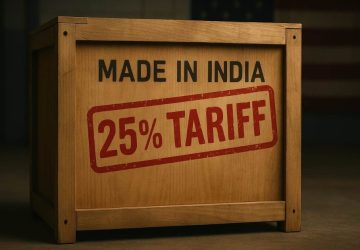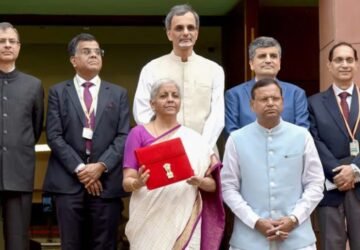 A preferential trade agreement (PTA) between Sri Lanka and Bangladesh has the potential to boost bilateral trade of fabric and yarn, as both countries are major garment exporters and competitors in the global market. Fabric and yarn, significant products in the textile sector, offer opportunities for increased trade between the two nations. Sri Lanka is currently a net exporter of fabric and yarn to Bangladesh, with both countries relying heavily on garment exports for foreign exchange earnings.
A preferential trade agreement (PTA) between Sri Lanka and Bangladesh has the potential to boost bilateral trade of fabric and yarn, as both countries are major garment exporters and competitors in the global market. Fabric and yarn, significant products in the textile sector, offer opportunities for increased trade between the two nations. Sri Lanka is currently a net exporter of fabric and yarn to Bangladesh, with both countries relying heavily on garment exports for foreign exchange earnings.
Recently, Sri Lanka requested that Bangladesh resume negotiations on a proposed PTA, aiming to increase bilateral trade between the friendly nations. The Lankan High Commission in Dhaka has suggested a virtual meeting next week to discuss the current status and the path forward.
Post COVID-19, Sri Lanka’s fabric exports to Bangladesh nearly doubled in two years, reaching $41.133 mn in 2022, up from $22.678 mn in 2020. Sri Lanka exported fabric worth $29.319 mn in 2021, $22.678 mn in 2020, $32.944 mn in 2019 and $33.068 mn in 2018. Fabric imports from Bangladesh were noted at $5.551 mn in 2022, $7.721 mn in 2021, $7.206 mn in 2020, $6.900 mn in 2019 and $2.611 mn in 2018, according to market report.
Sri Lankan yarn exports have experienced impressive growth in recent years, with shipments reaching $5.752 mn in 2021, up from $1.273 mn in 2018. However, there has been some volatility in these figures over the years. Yarn exports dipped to $0.890 mn in 2019, then surged to $3.867 mn in 2020. While the upward trend continued to $5.752 mn in 2021, exports decreased to $4.511 mn in 2022.
On the other hand, Sri Lankan yarn imports from Bangladesh were considerably low, with figures of $1.192 mn in 2022, $2.383 mn in 2021, $1.707 mn in 2020, $0.883 mn in 2019, and $1.230 mn in 2018, as per market report.
As both Sri Lanka and Bangladesh are not only major garment exporters but also competitors in the global market, there has been limited bilateral trade between the two countries. However, Sri Lanka does supply fabric and yarn to Bangladesh in limited quantities. To meet its growing consumption, Bangladesh needs to explore raw material sourcing from various sources, given its success in the garment sector in recent years. Both countries can explore bilateral synergies to their mutual benefit.
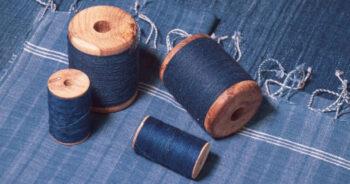 A preferential trade agreement (PTA) between Sri Lanka and Bangladesh has the potential to boost bilateral trade of fabric and yarn, as both countries are major garment exporters and competitors in the global market. Fabric and yarn, significant products in the textile sector, offer opportunities for increased trade between the two nations. Sri Lanka is currently a net exporter of fabric and yarn to Bangladesh, with both countries relying heavily on garment exports for foreign exchange earnings.
A preferential trade agreement (PTA) between Sri Lanka and Bangladesh has the potential to boost bilateral trade of fabric and yarn, as both countries are major garment exporters and competitors in the global market. Fabric and yarn, significant products in the textile sector, offer opportunities for increased trade between the two nations. Sri Lanka is currently a net exporter of fabric and yarn to Bangladesh, with both countries relying heavily on garment exports for foreign exchange earnings.


